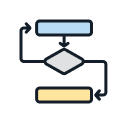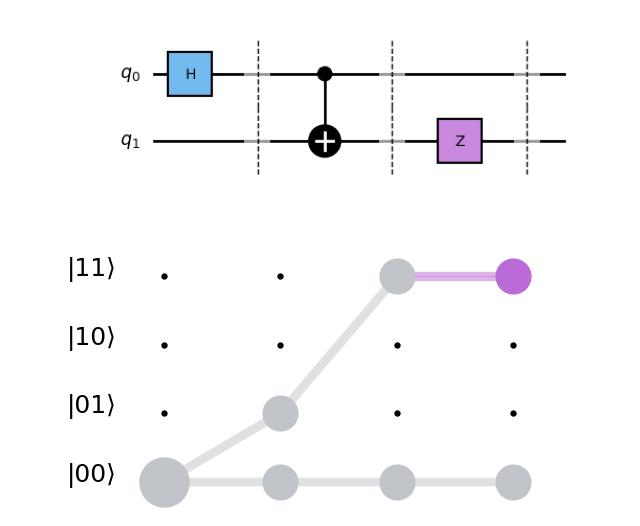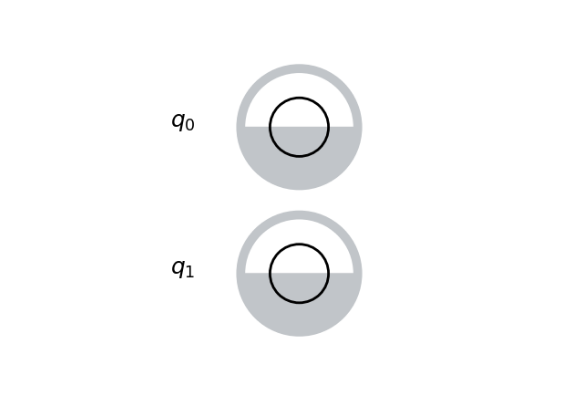ingenii-quantum
Open-Source Python Quantum Machine Learning Library
A Python package designed to accelerate experimentation and understanding of quantum and quantum-inspired machine learning.
Algorithms
Build hybrid quantum-classical models with ready-to-use algorithms layers and filters.
Visualizations
Turn abstract quantum states into interactive visuals like state space and Q-spheres.
Evaluation Tools
Measure entanglement, expressibility, and model efficiency to guide smarter designs.
Quantum ML Algorithms for Real-World Applications
Hybrid convolutional neural network
Reduces the complexity of the classical 2D/3D CNN while maintaining its prediction performance.
Replaces a convolutional layer with a quantum convolutional layer.
Quantum neural network
Construct hybrid and quantum networks with custom architectures and quantum fully-connected layers.
Quantum Hadamard Edge Detection (QHED)
Performs edge detection for 2D data (images) and 3D data (volumes) using quantum operations.
Quantum image processing
Provides diverse quantum image filters for efficient data processing and feature extraction.
Quantum-Inspired Image Filter
Adjusts pixel intensity based on local contrast and overall neighborhood contribution.
Enhances segmentation by emphasizing boundaries and transitions in images.
Especially useful for highlighting
regions with varying contrast and identifying regions of interest.
Tensor Network Decomposition
Tucker decomposition method that breaks down the original four-dimensional weight tensor of a convolutional layer into multiple smaller tensors.
Quantum Optimization for Image Segmentation
Provides the graph mapping for image segmentation and the formulation as a QUBO problem.
Can then be used with
quantum and quantum-inspired algorithms, such as quantum annealing and QAOA, to find the optimal segmentation mask.
Visual Representations of Quantum Computing Concepts
Our library offers intuitive visualizations that make it easier to understand the behavior of quantum circuits and states. These visualizations bridge abstract math with visual intuition, helping you (and your team) gain deeper insights into how quantum models evolve.
State Space
An in-depth visualization of the statevector showing how quantum states evolve at each stage in the quantum circuit.
Q-sphere & Bloch Sphere
Geometric representations of the basis state for single qubit (Bloch sphere) and multi-qubit spaces (Q-sphere) systems.
Phase Disk
A compact representation of the statevector where fullness of the disk represents the probability of each qubit.
Learn more: Watch this overview video. Explore our QML courses.
Quantum Model Evaluation & Metrics
Measure the true capability of your quantum neural networks with built-in performance metrics.
Entangling Capacity – quantify how much entanglement your circuit generates.
Expressibility – evaluate the diversity of states your circuit can reach.
Together, these tools provide a balanced view of power versus complexity, guiding you toward architectures that deliver real-world value.








